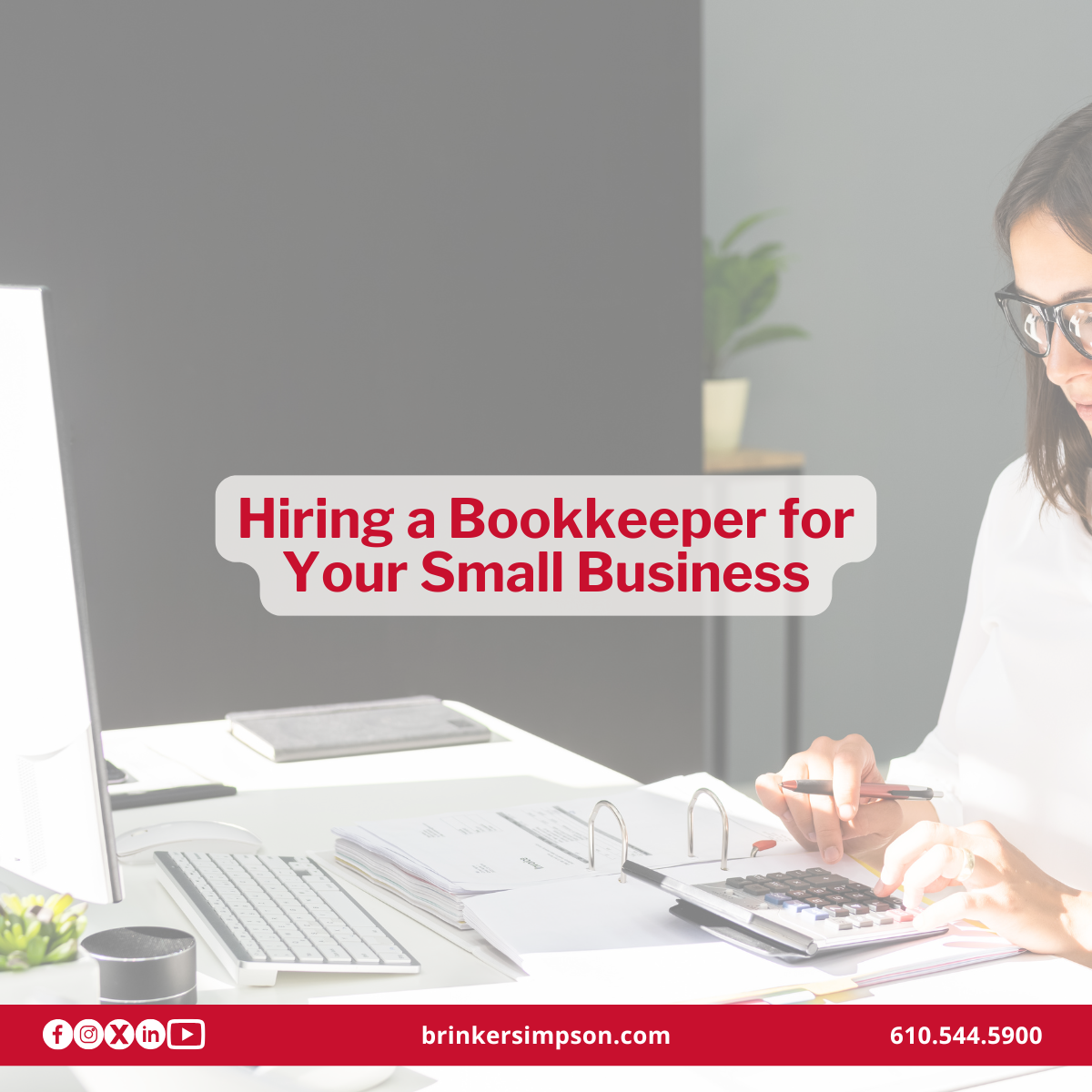If you're self-employed or own a small business with no employees (other than your spouse), a solo 401(k) can be an excellent option for retirement savings. This plan is also ideal if you want to upgrade from a SIMPLE IRA or SEP (Simplified Employee Pension) plan.
A solo 401(k), also known as an individual 401(k), offers significant advantages regarding contribution limits, tax savings, and investment options. It's designed specifically for self-employed individuals, including sole proprietors, owners of single-member LLCs, consultants, and other one-person businesses.
How Much Can You Contribute?
A solo 401(k) allows for substantial tax-deductible contributions. For 2024, you can make an elective deferral contribution of up to $23,000 of your net self-employment (SE) income. If you're 50 or older by December 31, 2024, you can contribute an additional $7,500 catch-up contribution, bringing the total to $30,500.
In addition to the elective deferral, you can make an employer contribution of up to 20% of your net SE income. Since you're self-employed, the employer contribution is calculated without reducing your net income by the elective deferral amount.
For the 2024 tax year, your total contributions (elective deferral + employer contribution) cannot exceed:
- $69,000 ($76,500 if 50 or older by December 31, 2024), or
- 100% of your net SE income.
Advantages of a Solo 401(k)
A solo 401(k) allows for significant, deductible contributions, but the flexibility of discretionary contributions is another critical benefit. If cash flow is tight, you can contribute less—or even nothing—one year and catch up the next.
Additionally, solo 401(k)s allow you to borrow from your account (up to 50% of the balance or $50,000, whichever is less), a feature not available in all retirement plans like SEPs. This could be useful for business opportunities or emergencies.
Disadvantages and Considerations
One of the most significant drawbacks of a solo 401(k) is its administrative complexity. You'll need to complete substantial upfront paperwork and ensure ongoing administrative compliance. This includes adopting a written plan document and organizing how and when to make elective deferral contributions. Once your plan balance exceeds $250,000, you must file Form 5500-EZ with the IRS each year.
Also, you cannot have a solo 401(k) if your business has other employees. If you do, you'll need to set up a multi-participant 401(k), which is more complex and requires employee contributions. However, you can still establish a solo 401(k) if your spouse works for your business or your employees are under 21 or have worked fewer than 1,000 hours during the previous 12 months.
Who Is a Good Candidate for a Solo 401(k)?
A solo 401(k) is an excellent choice for a self-employed individual or small business owner who:
- Wants to make significant, deductible contributions and has the income to do so.
- Has substantial net SE income.
- Is 50 or older and can take advantage of the catch-up contribution.
Before committing to a solo 401(k), it's crucial to weigh the pros and cons against other retirement plan options—especially if you're 50 or older. While not the most straightforward option, a solo 401(k) can help you grow a substantial retirement nest egg with significant tax advantages. Contact Brinker Simpson today to discuss your retirement options and determine if a solo 401(k) best fits your financial goals.



